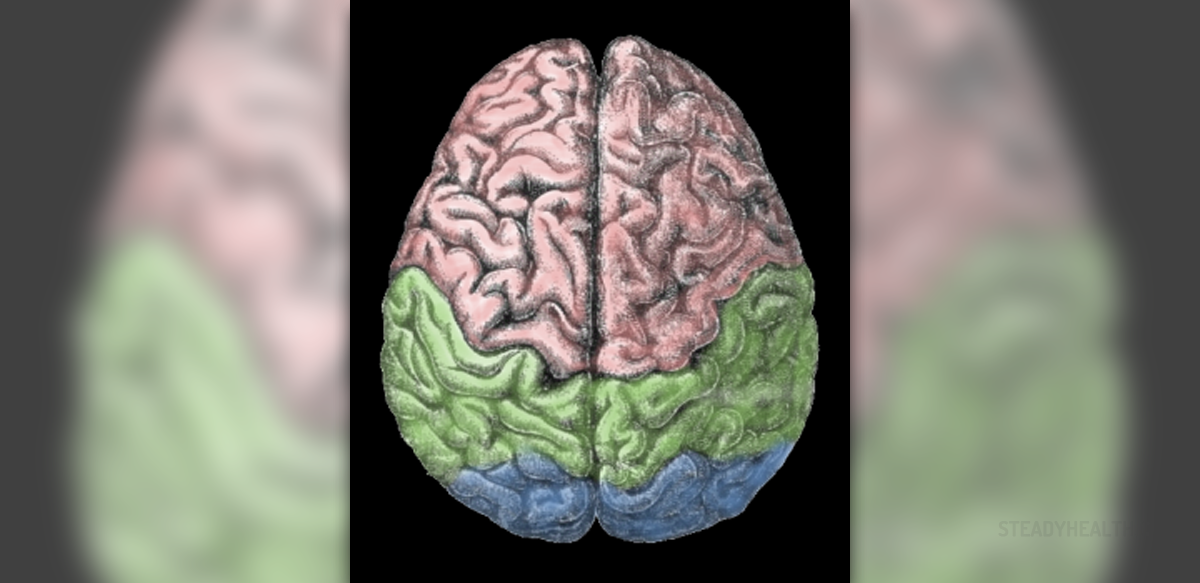
Cerebral hemorrhage and the main symptoms
Cerebral hemorrhage is another term for the bleeding in thebrain, which happens due to the rupture of some blood vessel located in thebrain. Besides bleeding, this rupture also results in some damage to the brain,which is why the person who experiences something like this feels headaches inthe first place, as well as difficulty or inability to perform some activities thatare related to the affected part of the brain. Headaches are often followed by nauseaand vomiting, but some neurological changes are present as well, either in theform of weakness and numbness, or in the form of paralysis, seizures and lossof speech or vision. This is why such symptoms should never be ignored or neglected,and medical help should be sought as soon as possible.
Forms and causes of cerebral hemorrhage
Cerebral hemorrhage might occur in a few forms, and dependingon the location, there are intracerebral, subarachnoid, subdural and epidural hemorrhage.
Intracerebral refers to bleeding inside the brain, while subarachnoidhemorrhage is the term used for the bleeding between the brain and themembranes covering it. Bleeding between the meninges is subdural hemorrhage,and if bleeding occurs between the skull and the brain covering, then it iscalled epidural hemorrhage.
As for the causes of cerebral hemorrhage, several have beenidentified so far, and the most common among them are head injuries, aneurysm, hypertension,and conditions such as arteriosclerosis, amyloid angiopathy and arteriovenousmalformation. Other causes are various bleeding disorders, anticoagulants andother vascular anomalies.
What to expect
The doctors will set the diagnosis after CT scan, althoughsometimes even lumbar puncture, MRI, MRA or CT angiogram might be required aswell. It is of essential importance not to misdiagnose this condition, because the treatmentdepends on it. Other elements that influence the method of treatment and chances to recover are causeand location of bleeding, as well the blood clot’s size.
The fact is that cerebral hemorrhage very frequently has fatalconsequences and according to some statistical records, mortality rate withinthe first month ranges between 30 and 50%. One half of the patients do notmanage to live longer than two days. However, those people who survive willsurely have some serious consequences because of the damage to the brain. Someof them might be temporary, and some permanent, but that depends on a number ofelements and the efficacy of the treatment.
















Your thoughts on this
Loading...